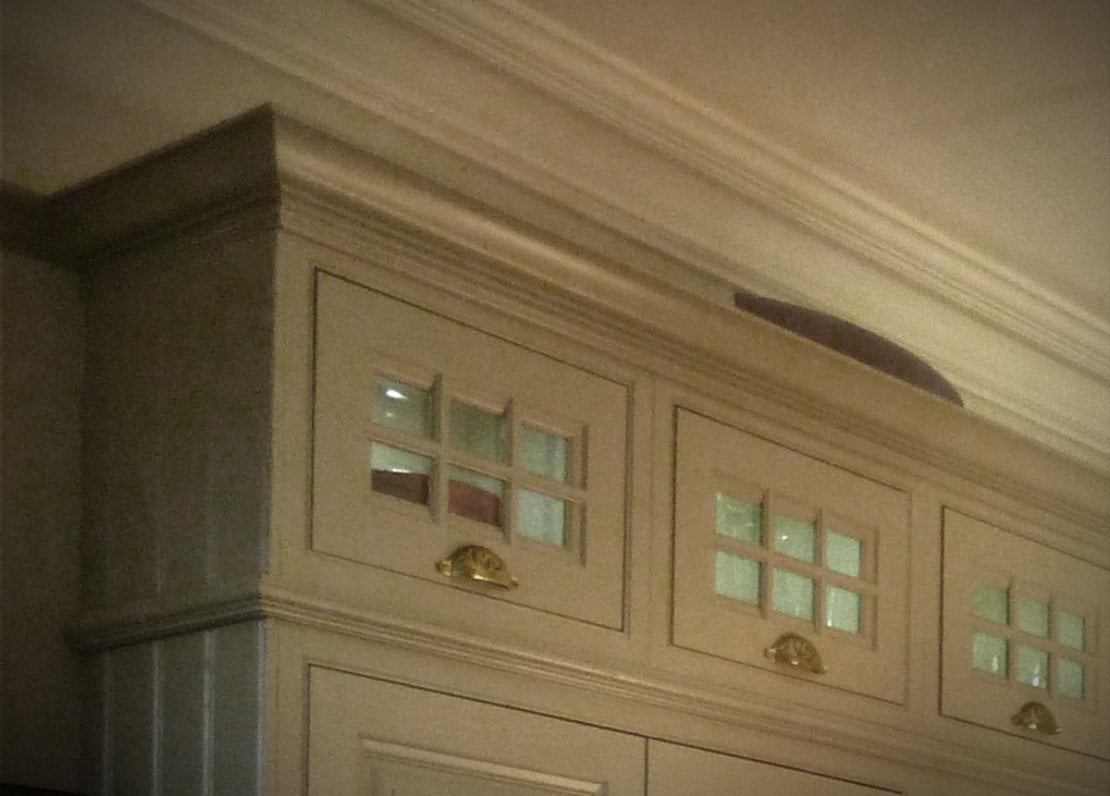Decorative wooden mouldings can include all of the following – some of these are essential, others not essential but preferable features in a Victorian house:
What are the different wooden mouldings and what's their function?
Traditional skirting – skirting boards are essential and their purpose is to provide a hard wearing surface which can sustain knocks and hard traffic such as brooms, mops (and nowadays vacuum cleaners and floor polishers) without the walls and wall coverings getting damaged. Wallpaper was expensive to buy and install so skirting boards kept damage away from it to avoid unnecessary expense. It also covers the join between the flooring and the walls so that there is room for a slight flexibility where the skirting boards meet the walls.
Victorian Architraves – this goes around the door frame and provides a decorative pattern to complement the door and a tight frame for the door to fit into. This comes in many different patterns and widths.

Dado rails and picture rail mouldings – these are present in all Victorian ground floor rooms, but less commonly in upstairs rooms. Dado rails were typically used to keep chair backs from damaging walls and their coverings in the same way as skirting is used. Picture rails were typically used to hang pictures. Picture rail can also add a decorative element to any home.
Decorative corbels are typically used where things need or appear to need support such as shelves and mantel pieces. There are many patterns available, from the most plain to the most decorative with leaves and flower patterns. These can really enhance somewhat plain rooms and add the wow factor to cheaper kitchens.
Victorian coving is most commonly used nowadays in plaster but wooden coving was very commonly used in Victorian homes. There is no hard and fast rule as to which is the right material for a Victorian home renovation as when painted they can look very similar. To make the most of your Victorian wooden coving, you would most typically paint it in an oil-based paint (gloss or eggshell) and plaster coving in a silk or matt water-based paint.
Decorative mouldings – these are commonly used on furniture or cupboards, but can be used on fireplaces or wherever the fancy takes you. When renovating a Victorian home, you should try to pay some sort of homage to your own individual taste and style and not be a slave to history in order to make the renovation your own. In this way wooden mouldings are a useful enhancement when adding your own mark to rooms and features.
The Victorian Emporium sells the full range many different styles of all of the wooden mouldings discussed above and many others for every room in your house.


Be the first to add a comment...